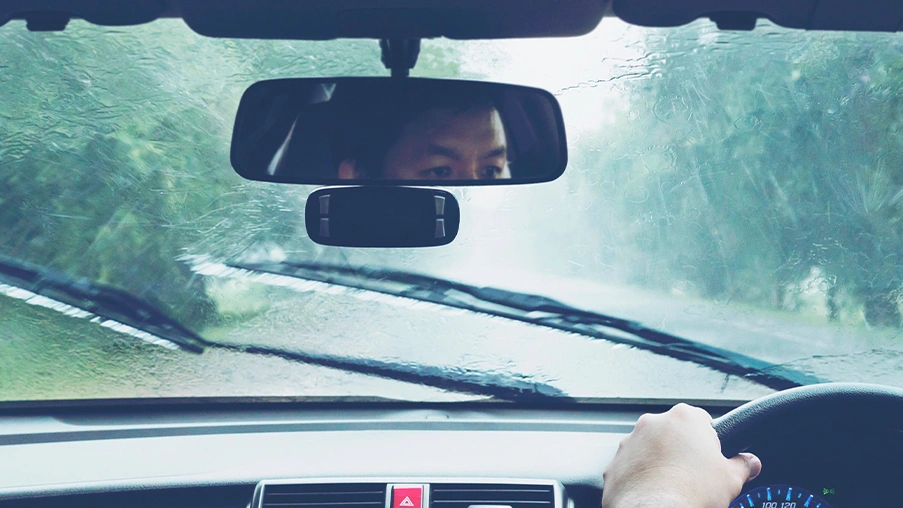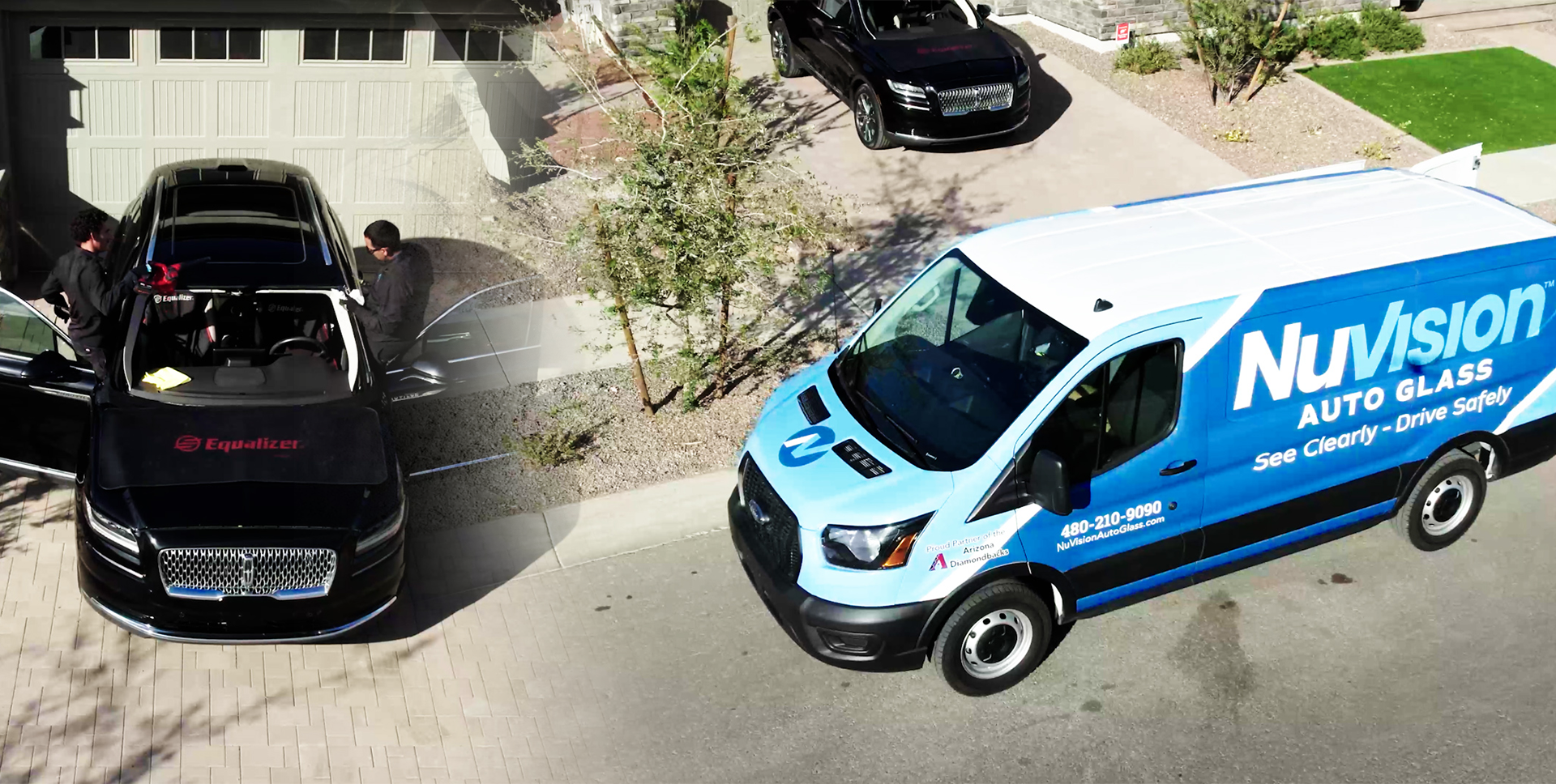How to Remove Windshield Haze: A Step-by-Step Guide for Safer Driving

Hazy windshields aren’t just annoying and they’re dangerous. Windshield haze reduces visibility in direct sunlight, nighttime driving, and rainy conditions. It can also interfere with Advanced Driver Assistance Systems (ADAS), making your car less safe overall. If you’re asking how to remove windshield haze, this guide outlines effective cleaning steps, preventive tips, and when to seek professional help.
What Is Windshield Haze?
Windshield haze is a cloudy or streaky film that appears on the inside or outside of your car’s windshield. It often builds up slowly, making it harder to notice until visibility is significantly reduced.
Common causes include:
-
Off-gassing from interior materials (dashboard plastics, vinyl seats)
-
Pollutants like dust, road grime, and pollen
-
Humidity or condensation, especially from poor ventilation
-
Improper cleaning products that leave streaks or residues
Left untreated, haze not only obscures your vision but may also hinder ADAS camera calibration, which requires a crystal-clear view.
How to Clean Windshield Haze (Step-by-Step)
What You’ll Need:
-
Ammonia-free auto glass cleaner
-
Microfiber cloths or a windshield cleaning tool
-
Isopropyl alcohol (optional)
-
Automotive glass polish (for stubborn spots)
-
Razor blade or plastic scraper (carefully used)
Step 1: Clean the Exterior Windshield
-
Spray a high-quality glass cleaner on the outer surface.
-
Wipe in circular motions with a clean microfiber cloth.
-
Pay special attention to edges where grime builds up.
Step 2: Clean the Interior Windshield
-
Spray the cleaner on the cloth not directly on the glass to avoid dashboard overspray.
-
Wipe in vertical or horizontal strokes for complete coverage.
Step 3: Tackle Stubborn Haze
-
Use isopropyl alcohol or a small amount of glass polish on a microfiber cloth.
-
Gently buff out stubborn streaks or hazy patches.
-
If residue persists, lightly scrape it off using a plastic scraper at a 45° angle on a damp surface.
How to Prevent Windshield Haze
Preventing haze keeps your windshield clear and your ADAS functional. Follow these maintenance tips:
-
Clean Weekly: Regularly clean both the interior and exterior using auto-safe products.
-
Use Anti-Fog Spray: Acts as a protective barrier against future haze and fog.
-
Control Cabin Humidity: Avoid condensation by balancing your car’s A/C and defroster settings.
-
Ventilate Your Vehicle: Crack the windows occasionally to prevent trapped moisture.
-
Avoid Harsh Cleaners: Ammonia-based products damage tint and leave films behind.
When to Call a Professional
DIY cleaning is effective—but not always enough. Seek expert help if you notice:
-
Persistent haze that reappears after cleaning
-
Deep scratches or surface damage
-
Visible cracks or chips that weaken the glass
-
Fog between glass layers, indicating seal failure
-
ADAS issues, like lane departure errors post-repair
Expert Windshield Services with NuVision Auto Glass
NuVision Auto Glass provides expert windshield repair and replacement with special attention to haze removal and ADAS recalibration. Whether you’re dealing with glass damage or visibility issues, our certified technicians offer mobile services that come to you.
🔹 Free quotes
🔹 Mobile repairs across Arizona
🔹 Lifetime warranty on workmanship
🔹 Certified ADAS calibration support
Schedule your windshield service today
FAQ: How to Remove Windshield Haze
- How do I get the haze off my windshield?
Use an ammonia-free auto glass cleaner and a microfiber cloth. For tougher haze, apply isopropyl alcohol or automotive glass polish. - What’s the best way to fix foggy windshield haze?
Use the car’s defroster or A/C to balance temperature, clean with glass cleaner, and apply anti-fog treatment for prevention. - How do I eliminate windscreen smudges or streaks?
Clean with dedicated glass cleaner, then polish with a dry microfiber cloth. Stubborn marks may require diluted alcohol or professional service.

